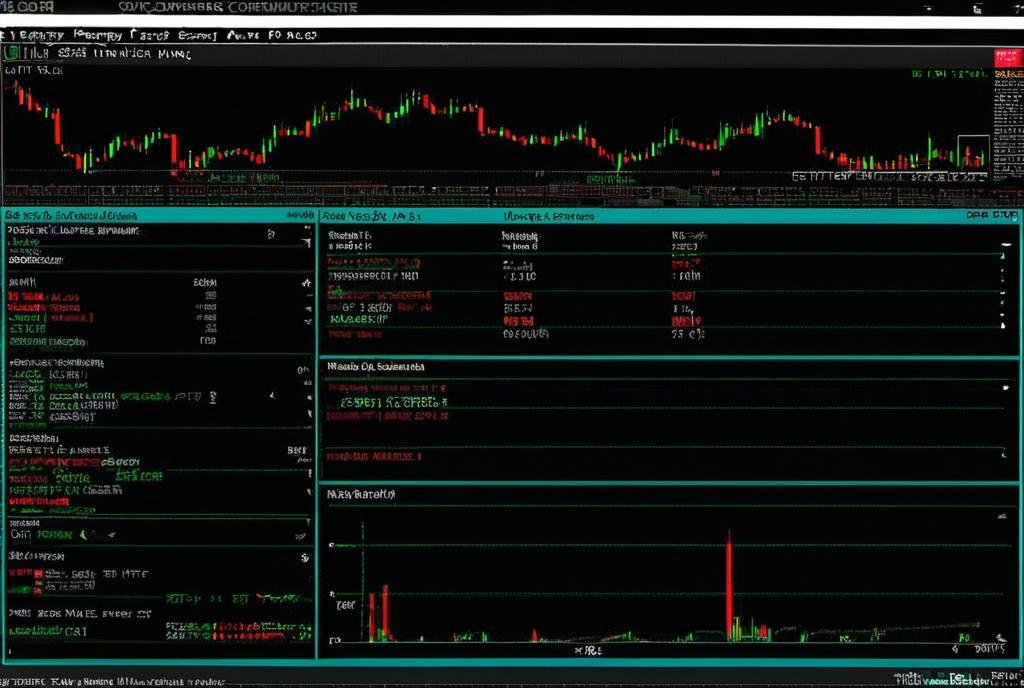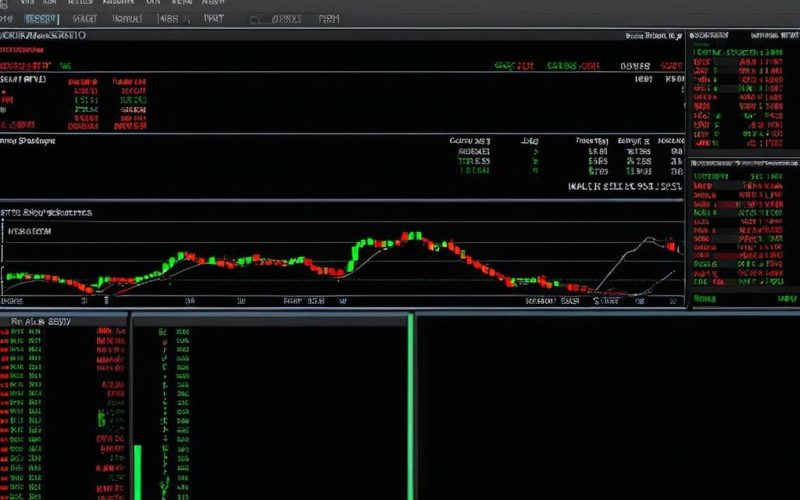Key Take Aways About Position Trading
- Position trading involves holding assets for weeks to years, focusing on major trends rather than short-term fluctuations.
- Traders use tools like moving averages and economic indicators to time their market entry and exit.
- Technical analysis and trading platforms, such as HIT software, assist in managing trades and portfolios effectively.
- Success requires strategy, discipline, and avoiding emotional decision-making while managing risks like fees and timing.
- Case study: Jane successfully navigates tech stocks by combining technical and market analysis.
- Position trading is about patience, strategy, and long-term gains.

Understanding Position Trading
Position trading isn’t just a fancy term. It’s a trading style where you hold onto assets for weeks, months, or even years. Unlike day trading, where folks might be biting their nails over minute-to-minute changes, position traders play the long game. They aim to ride the wave of a major trend, capturing the big swings in the market.
The Basics
Position traders are paddling in the same pool as long-term investors, but they’re not exactly identical twins. While both look at the bigger picture, position traders keep a close eye on market trends and economic cycles to time their entry and exit. It’s like timing your jump to catch that perfect wave. Key indicators here might include moving averages, economic reports, and sometimes a crystal ball.
Tools of the Trade
Now, you don’t need a closet full of gadgets to be a position trader, but a few tools can make life easier. First up, the good old chart. Technical analysis is your best buddy in this. You’ll want to get chummy with moving averages, trend lines, and maybe even dip into the mystical art of Fibonacci retracements.
Then there’s the economic calendar. It’s not as jazzy as a concert calendar, but knowing when the Central Bank is speaking can save you some heartache. Oh, and let’s not forget about trading platforms like HIT software that are indispensable in executing trades and managing portfolios over the long haul.
Software Like HIT: Your Trading Sidekick
Speaking of HIT software, it’s essentially the Robin to your Batman, offering a suite of tools to help you analyze markets, automate trades, or just stare intensely at charts until an epiphany hits. While not exclusive to position trading, platforms like HIT software provide an environment where monitoring multiple assets and executing orders becomes a breeze.
Strategy and Discipline
Picture this: you’re sitting at your desk, sipping on a cup of coffee. You’re not just jumping into trades willy-nilly. Position trading calls for a strategy. You’re not following every market twitch. Instead, you’re looking at the big picture—economic data, market cycles, and trends. This isn’t the Wild West; it’s more like chess. Patience is key.
Emotion is the enemy here. Sticking to a well-thought-out strategy even when the market is doing its own thing, that’s the game. Stop losses are set to prevent a nosedive into oblivion, and sometimes it’s about hitting the pause button on your instincts.
Common Pitfalls
Even the best get caught off guard now and then. Common pitfalls include holding onto a losing position hoping it’ll turn around, ignoring new data, or jumping into a trend too late. It’s less about being right all the time and more about minimizing damage when you’re wrong.
Also, don’t overlook those sneaky fees. Holding positions over months might stack up some hefty fees that could eat into your profits. Know what you’re getting into before you make a move.
Case Study
Meet Jane, an enthusiastic position trader with a penchant for tech stocks. She jumped onto the Apple trend years ago, backed by a solid understanding of market fundamentals and a good sense of timing. Over the years, she’s weathered the ups and downs, netting steady returns by adjusting her positions based on market trends. Her secret weapon? A blend of technical analysis and a keen eye on global news, using tools like HIT software to make informed decisions.
Conclusion
Position trading isn’t for everyone. It’s about taking a step back, watching the horizon, and acting when it counts. It requires patience, discipline, and a bit of nerve. Tools like HIT software can make your trading journey smoother, helping you make informed decisions without losing sight of the broader market picture. So, whether you’re a seasoned trader or someone peeking in for the first time, know that position trading is about playing the long game, waiting for the perfect moment to make your move.
